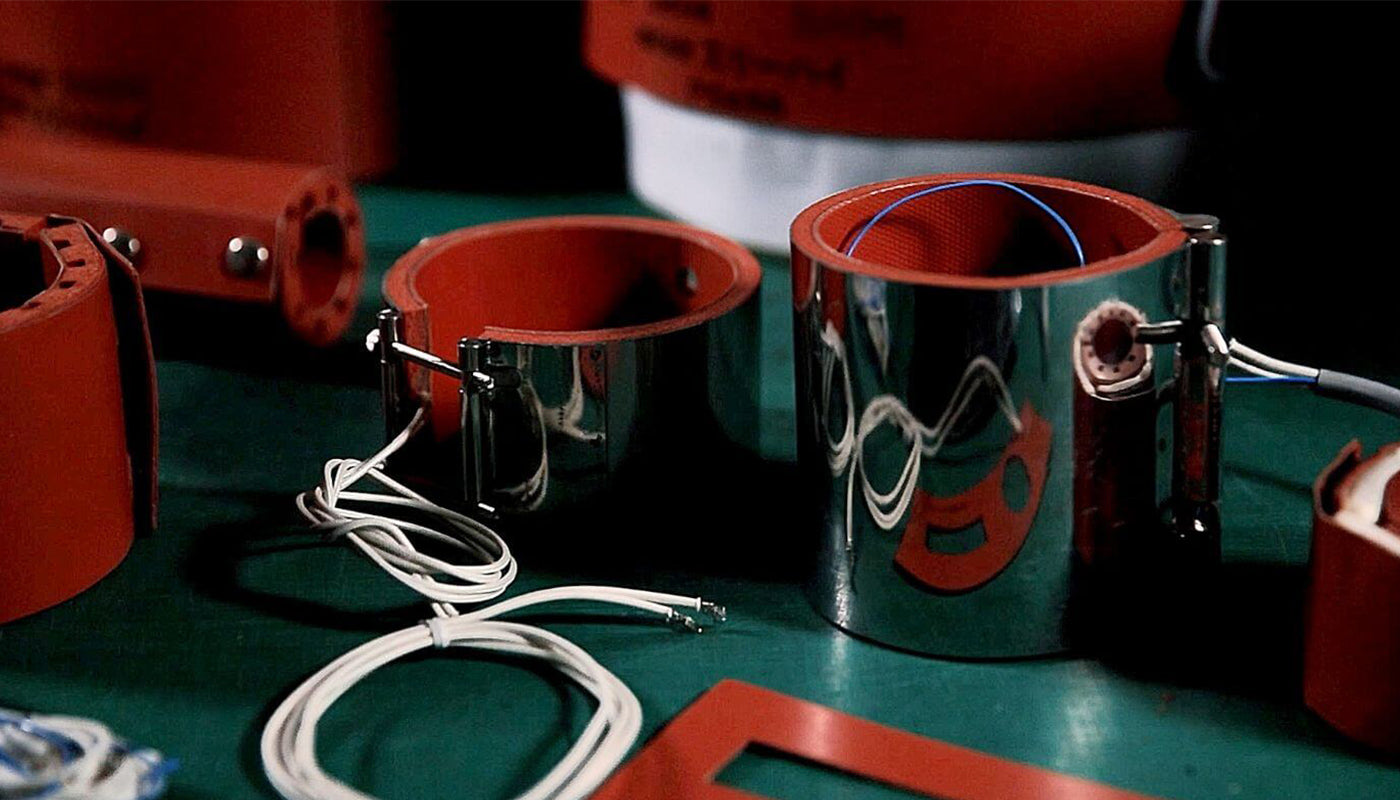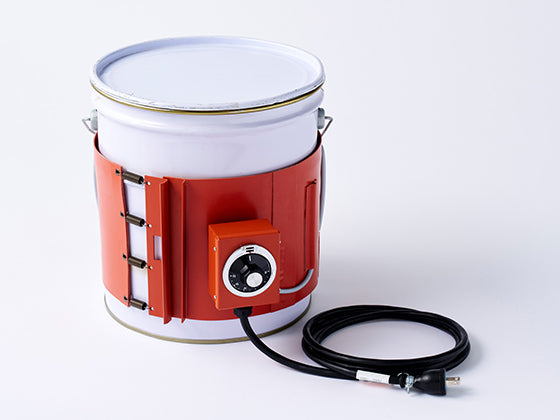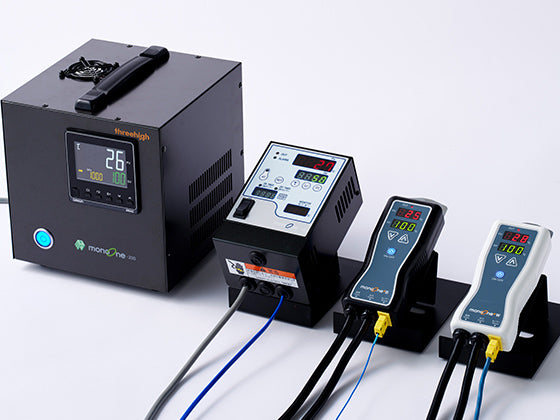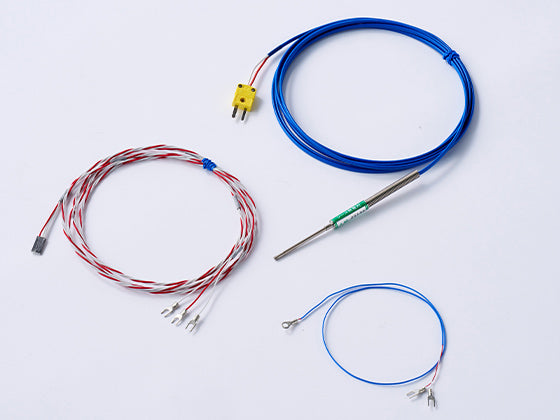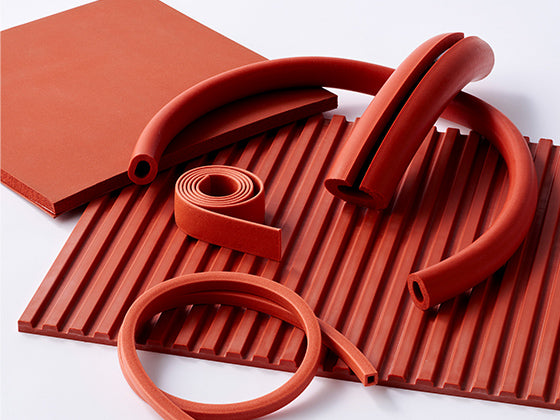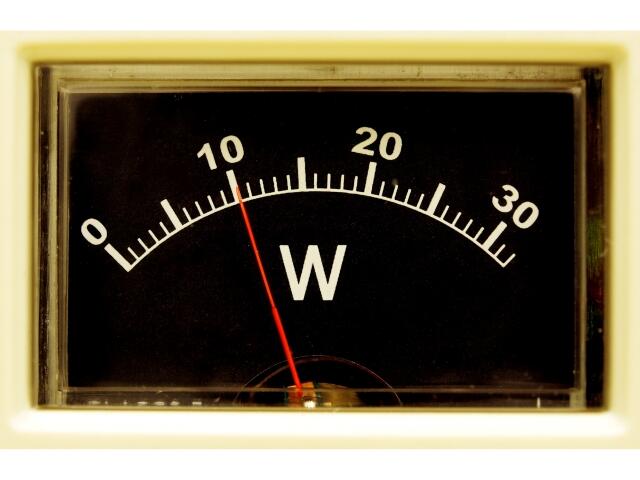The theme is aluminum foil and condensation. Have you ever had an experience when trying to use aluminum foil in your daily life or work, where condensation became an issue?"
When you pull out aluminum foil from the box, there is a white discoloration in the center.
Aluminum foil is a common household item that we often use in our daily lives. At home or in the office, you'll likely find a box of it stored on the kitchen shelf as a cooking accessory.

Additionally, it is also useful for storing materials and heating machines in factories or laboratories."

Although aluminum foil is a common and convenient item, when you take out a piece that has been left unused for a long time, you may notice a white discoloration in the center that does not go away no matter how much you try to smooth it out. Additionally, the foil may become stuck together, making it difficult to separate, and pulling too hard may cause it to tear, leading to frustration.
The cause of the white discoloration on aluminum foil and the difficulty in separating it may be closely related to condensation.
The cause is corrosion of the aluminum due to condensation during long-term storage.
The reason why the center of aluminum foil turns white in a band shape is because the surface has undergone significant corrosion. This is the same phenomenon that occurs when a one yen coin is used and its surface becomes dull and white.
A one yen coin is made of a substance called aluminum oxide (alumina), and when moisture or humidity comes into contact with the surface, the alumina corrodes further. Both aluminum foil and one yen coins start out shiny and silver-colored, but when the surface is eroded due to corrosion, the luster disappears and eventually turns white in color.

The cause of rust formation on aluminum foil is condensation. When a box of aluminum foil is left unopened in a humid room for a long time, moisture enters the inside of the box and adheres to the aluminum foil. In other words, it is condensation. If this state continues for several months, the aluminum foil will oxidize and rust. As it progresses further, the rust peels off from the surface and turns into white powder.
The reason why white rust does not form on both ends of aluminum foil is that the indoor air easily enters and the humidity eventually dries out, suppressing moisture adhesion. On the other hand, the central part is less ventilated and less prone to drying out, making aluminum oxidation and rust formation more likely. As a result, the central part of the aluminum foil is the only place where a strip-shaped rust forms.
Another problem caused by condensation is that moisture can seep into the gaps of aluminum foil, causing the foil to stick together. Even if you try to pull it apart, it may become impossible to remove, and if you pull too hard, it may tear, making it impossible to extract the necessary length of foil. Even if you cut it with a cutter, it may tear in the middle, leaving you at a loss.
The biggest enemy when using aluminum foil is arguably condensation.
Use it up early in rooms with high humidity.
To protect aluminum foil from condensation, it is best to store it in a dry place. However, when using it in a room with high humidity such as a kitchen, it is necessary to store it with a drying agent in the cabinet. This can become cumbersome over time, as the drying agent may need to be replaced. In factory workspaces, aluminum foil is often placed on work shelves and left exposed to the elements.

When using aluminum foil in a humid room, it is best to use it up as soon as possible. It is also recommended to not prepare too much in advance and replenish as needed when the amount being used starts to run low.
If white streaks of rust have formed on the aluminum foil and you cannot remove them, it is recommended to use a new one. The surface of the aluminum foil is already oxidized, meaning that it is already slightly rusted. While this rust is not a major concern from a hygiene perspective, the streaks can be greatly affected by condensation, and trying to remove them can be a waste of effort. It is better to simply use a new one in this situation.
When we hear the term "condensation," we tend to think it only occurs in conditions with a large temperature difference. However, it can also occur in our daily lives. We shouldn't underestimate the effects of condensation.
